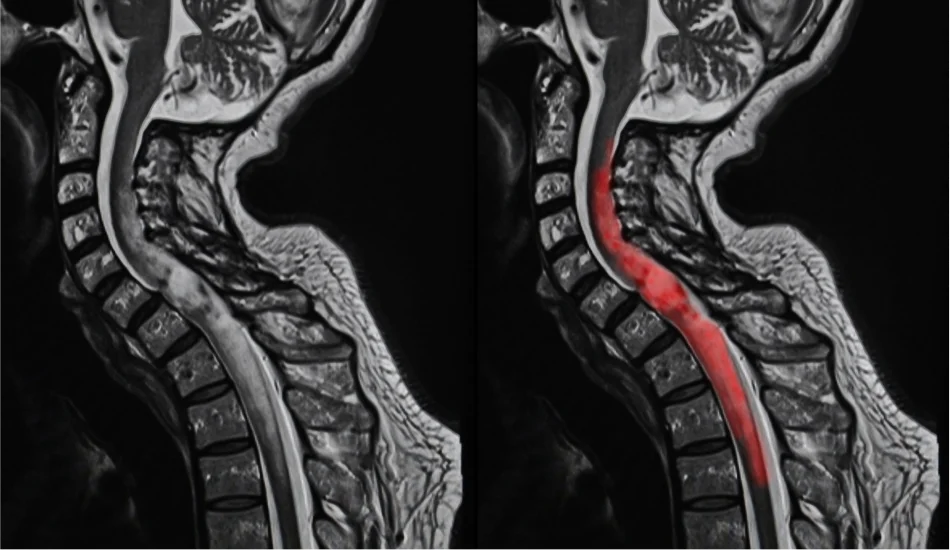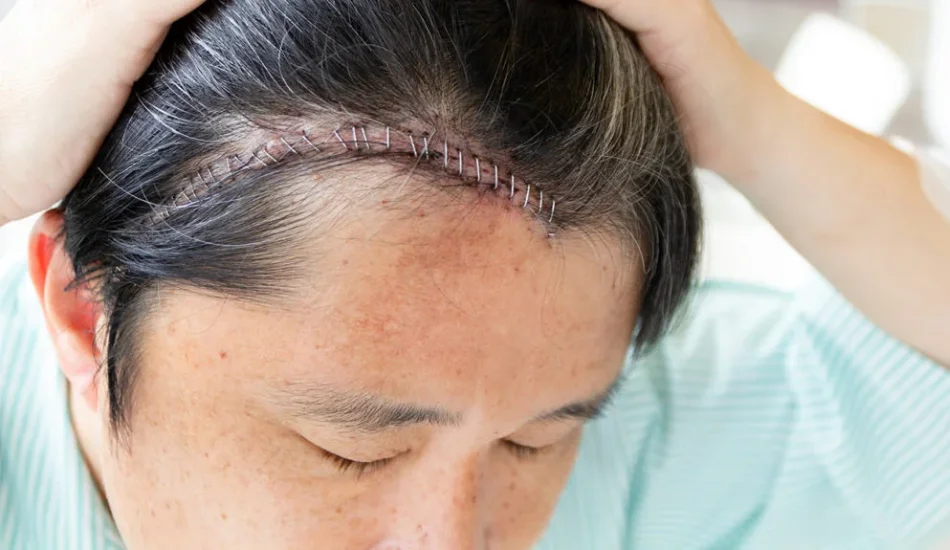
Spinal cord tumors, though uncommon, can have a devastating impact on one’s quality of life. These tumors often produce symptoms and necessitate surgical intervention to alleviate pressure off of the spinal cord and avoid further complications. In this blog we will examine spinal cord tumors, discuss symptoms related to them and look into all available surgical treatment options – we will also showcase why Chirayu Super Speciality Hospital in Mira Bhayandar boasts some of the finest neurophysiologists for spinal cord tumor treatment.
Understanding Spinal Cord Tumors
Spinal cord tumors are abnormal growths that appear within or nearby the spinal cord. They can be divided into three main categories:
- Intramedullary Tumors :- These tumors occur within the spinal cord itself and include astrocytomas and ependymomas as among their more prevalent varieties.
- Intradural-Extramedullary Tumors :- These tumors arise within the protective covering of the spinal cord (dura) but outside its tissues, such as meningiomas or schwannoma tumors of the spine.
- Extradural Tumors :- Extradural tumors occur outside of the dura mater and tend to be metastatic – meaning they originate elsewhere in the body from cancerous growths.
Spinal Cord Tumor Symptoms
Depending on their location, size and type, spinal cord tumor symptoms can differ widely depending on their position within the spine. Common symptoms are:
- Back Pain :- One of the initial warnings, back pain may either be localized or radiate out to other parts of the back. Over time or with physical activity, this pain may worsen and even become excruciatingly uncomfortable.
- Weakness or Numbness :- Tumors may press on nerves and lead to weakness, numbness or tingling in arms, legs and other parts of the body.
- Coordination Problems :- Difficulty walking, clumsiness or impaired balance may result in difficulty.
- Changes in Bladder or Bowel Function :- Tumors may disrupt nerves that control bladder or bowel function, leading to symptoms like incontinence or difficulty urinating.
- Muscle Spasms :- Nerve irritation can cause muscle spasms. These involuntary contractions may lead to involuntary contractions that occur without your consent and require medical intervention to resolve. Early diagnosis and treatment is key to preventing irreparable damage to the spinal cord and nerves.
Diagnostic Process for Spinal Cord Tumors
Diagnosing Spinal Cord Tumors The diagnosis process typically entails both clinical evaluation and imaging studies:
- Magnetic Resonance Imaging (MRI) :- Magnetic Resonance Imaging is considered the gold standard for diagnosing spinal cord tumors. MRI offers detailed images of the spinal cord and its surrounding structures, providing valuable information about tumor size, location and type.
- Computed Tomography (CT) Scan :- CT scans can be used to visualize bone structures and assess any impact to vertebrae.
- Biopsy :- When necessary, a biopsy may be used to ascertain the histological type of the tumor and provide guidance for treatment decisions.
Treatment Options for Spinal Cord Tumors
The optimal course of action depends on several factors, including the nature and location of the tumor, as well as overall health considerations and any neurological symptoms present. Potential treatment approaches could include:
- Observation :- For small tumors with slow growth rates that do not produce noticeable symptoms, regular monitoring with MRI scans may be appropriate. This approach may work particularly well in cases such as meningiomas or schwannoma tumors of the spine.
- Radiation Therapy :- Its Radiotherapy may help shrink tumors or prevent their further growth, and is often employed when surgery isn’t possible or in combination with surgery to target any remaining tumor cells.
- Chemotherapy for Spinal Cord Tumors :- Chemotherapy may be effective against certain forms of spinal cord tumors that are malignant or metastatic in nature, helping shrink them while controlling their spread.
Surgery as the Primary Approach to Spinal Cord Tumors
Surgery may be the preferred treatment option for spinal cord tumors that cause significant symptoms or are threats to neurological function, with its goals including:
- Remove the Tumor :- The primary objective should be to extract as much of the tumor without harming healthy surrounding tissues. Unfortunately, complete removal may not always be possible for intramedullary tumors.
- Relief From Pressure :- Removing the tumor may help alleviate pressure on the spinal cord and nerves, relieving symptoms while halting further damage.
- Maintain Neurological Function :- Surgeons aim to minimize their patients’ impact on neurological function for the best possible outcome.
- Microsurgery :- Microsurgery utilizes a microscope to clearly view the surgical field and facilitate precise removal of tumors with minimal collateral tissue damage.
- Endoscopic Surgery :- Minimally Invasive Techniques with Endoscopes may be utilized as part of minimally invasive surgeries in some instances, with smaller incisions that result in shorter recovery times and decreased postoperative discomfort.
- Laminectomy :- This procedure involves extracting part of the vertebral bone (lamina) to access and remove tumors, often combined with spinal fusion to stabilize the spine as necessary.
Recovery and Rehabilitation
Postoperative care following spinal cord tumor surgery varies depending on its nature and extent, but may include:
- Pain Management :- Medication may be prescribed to control pain and discomfort after surgery.
- Physical Therapy :- Rehabilitative services such as physical therapy are an essential way to restore strength, mobility, and coordination for those recovering from injury or illness. Physical therapy helps patients gain their independence back while simultaneously increasing quality of life.
- Maintain Regular Appointments :- For best results, patients require regular follow-up appointments in order to monitor their progress and detect any possible recurrences of tumor.
Conclusion
Spinal cord tumors can have a devastating impact on one’s life, yet with prompt diagnosis and effective treatments they often lead to positive outcomes for many patients. Surgery offers hope and relief from spinal cord tumors – from managing symptoms through to removal. Chirayu Super Speciality Hospital stands out as a premier institution for spinal cord tumor treatment in Mira Bhayandar. Their team of professionals offers comprehensive and compassionate care; patients can rest easy knowing they’re safe.
If you or a loved one has been diagnosed with a spinal cord tumor, visit Chirayu Super Speciality Hospital immediately for expert guidance on possible treatment plans and steps towards recovery. Your journey towards better health and higher quality of life starts here!



